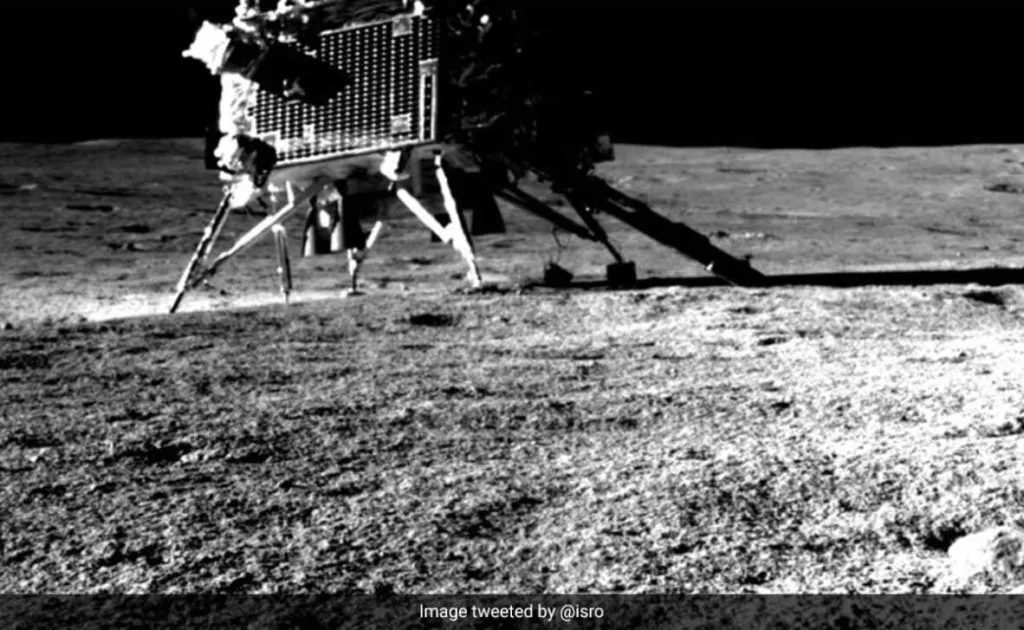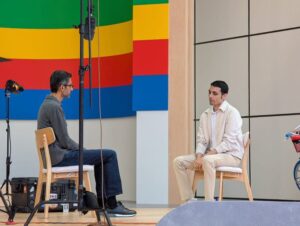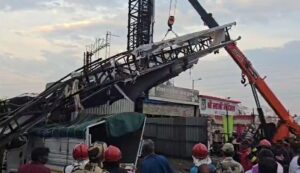Pune News : ISRO to re-establish communication with lander Vikram and Pragyan Rover

ISRO to re-establish communication with Vikram lander Vikram and Pragyan Rover
September 22, 2023
Pune: With the break of dawn on the Moon, the Indian Space Research Organisation (ISRO) is currently preparing to attempt to re-establish communication with its lunar mission, Chandrayaan-3’s solar-powered lander, Vikram, and rover, Pragyan.
The objective is to revive these instruments so that they may continue conducting scientific experiments. Earlier this month, on September 4 and 2 respectively, both the lander and the rover were placed in sleep mode in anticipation of the lunar nightfall on Earth’s only natural satellite. Therefore, if ISRO succeeds in reviving them as the Sun rises on the Moon once again, the information derived from the experiments conducted by the Chandrayaan-3 payloads would be considered an additional benefit.
As per the information provided, with sunlight returning to the south polar region of the Moon, where the lander and rover are situated, and their solar panels expected to be fully charged soon, ISRO is now scheduled to make efforts to establish contact with them, assess their condition and ability to resume operations and attempt to revive them.
“We have placed both the lander and rover in sleep mode due to the extremely low temperatures, which can reach as low as minus 120-200 degrees Celsius. Starting from September 20, the Moon will experience sunrise, and by September 22, we anticipate that the solar panels and other components will be fully charged. Therefore, we will attempt to revive both the lander and rover,” stated Nilesh Desai, the Director of ISRO’s Space Applications Centre, in an interview with PTI.
Desai further added, “If we are fortunate, we will witness the revival of both the lander and rover, and we will obtain additional experimental data that will be valuable for further investigation of the Moon’s surface. We eagerly await the activities commencing on September 22. We hope that luck is on our side, allowing us to revive both the lander and rover and acquire more useful data.”
He emphasized that any data obtained from this point forward would be considered an added bonus. Upon landing on the Moon, both the lander and rover, along with the payloads onboard, conducted experiments consecutively in order to complete them within 14 Earth days (equivalent to one lunar day), before darkness and extreme cold enveloped the Moon. The lander and rover, equipped with advanced technology and instruments, were sent to the Moon with the aim of enhancing our understanding of its surface and conducting scientific research.
On September 2, ISRO announced that the rover had completed its assigned tasks and had been safely placed in sleep mode. The APXS and LIBS payloads were turned off, and the battery was fully charged. The solar panel was positioned to receive light at the next sunrise, expected on September 22, 2023. The receiver remained active, and ISRO expressed hope for a successful awakening to undertake another set of assignments. Otherwise, the rover would remain as India’s lunar ambassador. The lander successfully achieved one of the main objectives of the Chandrayaan-3 mission by making a soft landing on the lunar surface near the south pole on August 23.
The six-wheeled rover, weighing 26 kg, descended from the lander’s belly onto the Moon’s surface using a side panel as a ramp. ISRO Chairman S Somanath noted that the systems would have power as long as the sun shines, but once it sets, the temperature would drop to as low as minus 180 degrees Celsius, making it impossible for the systems to survive. If the payloads are successfully switched on again, ISRO will conduct the same set of experiments it had performed on the lunar surface after the landing was confirmed by the space agency.









